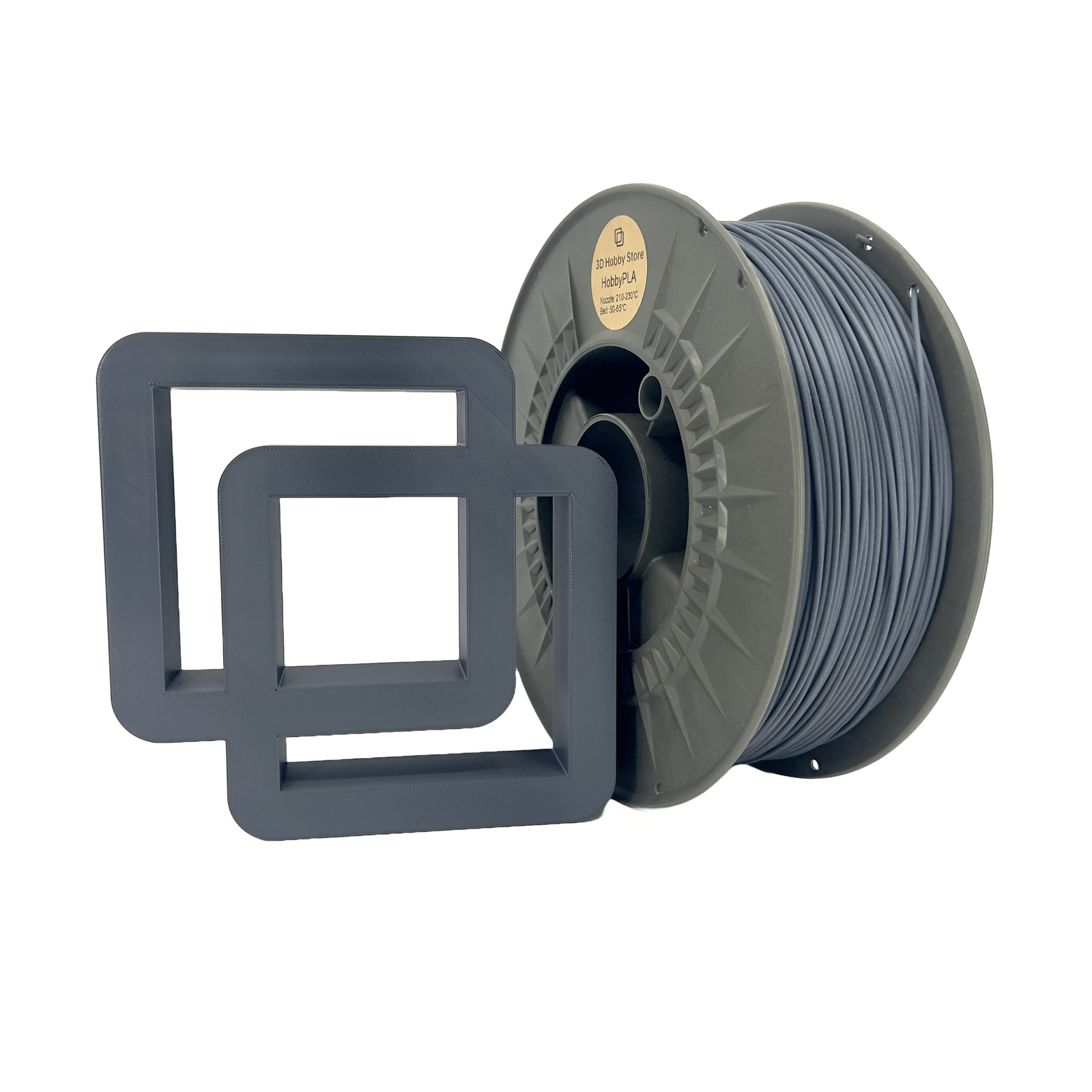Introduction
In the fast-paced world of 3D printing and product development, choosing the right filament can define the success of a prototype. While PETG has long been the go-to option for professionals seeking durability and ease of use, a newer material—PCTG—is making waves for its superior mechanical and visual properties. The debate of PCTG vs PETG has become one of the most talked-about topics among engineers, designers, and serious hobbyists. But is the upgrade really worth it for your prototyping workflow? Let’s find out.
Why Material Choice Matters
Prototyping is not only about creating something tangible—it’s about validating design, function, and form. Each filament brings unique properties to the table, and even small differences can have big impacts on performance and cost. That’s why understanding the PCTG vs PETG comparison is crucial before investing in bulk spools or making workflow changes.
What Are PETG and PCTG?
PETG: The Reliable Standard
Polyethylene Terephthalate Glycol, or PETG, is known for being tough, easy to print, and resistant to impact and chemicals. It strikes a perfect balance between PLA’s ease and ABS’s strength, making it ideal for functional prototypes, mechanical parts, and enclosures. PETG’s popularity also comes from its availability—it’s supported by nearly every FDM printer and manufacturer.
PCTG: The Advanced Alternative
PolyCyclohexylene Dimethylene Terephthalate Glycol (PCTG) is part of the same copolyester family but is structurally different. It offers improved impact resistance, higher thermal stability, and better clarity. In essence, PCTG is a tougher, more flexible version of PETG, often compared to Tritan™ copolyesters used in medical and industrial applications.
Use Cases in Prototyping
When comparing PCTG vs PETG, PETG is perfect for general functional models and load-bearing designs. PCTG, however, shines in environments where toughness and reliability are critical—like hinges, protective casings, and field-tested prototypes.
Performance Comparison: PCTG vs PETG
Mechanical Strength & Flexibility
One of the key factors in PCTG vs PETG is impact resistance. PCTG boasts nearly twice the impact strength of standard PETG, maintaining flexibility without brittleness. This means PCTG parts can endure mechanical stress and repeated bending far better than PETG.
Heat and Chemical Resistance
For prototypes exposed to elevated temperatures or solvents, PCTG has a clear edge. It maintains shape and clarity at higher heat levels and resists more aggressive chemicals. PETG still performs well for most room-temperature applications, but PCTG holds up in harsher testing environments.
Printability
Printing PETG is straightforward, with minimal warping and good bed adhesion. PCTG prints similarly, though it might require slightly higher temperatures and slower cooling to achieve perfect layer bonding. Despite this, users report that PCTG maintains PETG’s user-friendly print characteristics—making the PCTG vs PETG transition relatively smooth.
Optical Clarity & Finish
If visual appeal matters, PCTG produces clearer, glossier parts with fewer internal imperfections. This transparency advantage makes it excellent for visual prototypes, display components, or containers requiring a polished look. PETG still provides a nice finish, but PCTG elevates clarity to near-optical grade.
Prototyping Context: What Upgrading Means
When PETG Is Enough
For most rapid prototypes—especially those used for fit checks or internal use—PETG remains a cost-effective, high-quality option. Its durability, minimal warping, and chemical resistance are sufficient for 90% of functional projects.
When PCTG Excels
If your prototype will face mechanical stress, exposure to the outdoors, or needs an exceptionally clear surface, PCTG is the smarter choice. The PCTG vs PETG decision leans toward PCTG in cases involving snap-fits, flexible parts, or working prototypes intended for end-user demonstrations.
Trade-Offs
The biggest trade-off is cost. PCTG typically costs 15–25% more than PETG, and availability is still growing. However, the improved durability and aesthetic quality can offset this difference, especially in high-value or client-facing prototypes.
Cost, Availability & Workflow Impact
Price and Supply
PETG remains widely available and affordable. PCTG, on the other hand, is less common but steadily gaining market presence. For teams printing large volumes, the PCTG vs PETG cost difference might influence material strategy, especially when balancing quality against budget.
Printer Compatibility
No hardware changes are needed to print PCTG—your existing PETG settings work as a baseline. However, slight temperature adjustments and drying are recommended for optimal performance.
Post-Processing
Both materials respond well to sanding, polishing, and light vapor smoothing. PCTG’s smoother surface and reduced micro-layering often require less finishing work, which can save time in iterative prototyping.
Case Studies & Real-World Examples
Example 1: PETG in Functional Models
A product design team used PETG to print machine enclosures and mechanical mounts. The parts withstood repeated testing and minor impacts, proving PETG’s reliability for basic functional models.
Example 2: PCTG for Field-Tested Components
Another team switched to PCTG for drone body prototypes exposed to sun, heat, and moisture. The material’s toughness and clarity improved longevity and visual consistency—confirming the benefits of upgrading.
Key Takeaway
In the PCTG vs PETG debate, both materials serve specific purposes. PETG dominates general prototyping, while PCTG stands out in performance-driven and presentation-ready projects.
When NOT to Upgrade
If your projects don’t demand extra clarity or impact strength, PETG is still the practical choice. For print farms, educational labs, or cost-sensitive workflows, PETG’s reliability outweighs PCTG’s refinements. But if precision, durability, and visual appeal are your priorities, investing in PCTG is justified.
Best Practices for Using PCTG
- Dry before printing – PCTG is more hygroscopic; drying ensures consistent results.
- Print at higher temperatures (250–270°C) for strong layer adhesion.
- Use an enclosure to prevent cooling inconsistencies.
- Adjust print speeds slightly slower than PETG to enhance clarity and reduce stringing.
Conclusion
When comparing PCTG vs PETG, the choice ultimately depends on your prototyping goals. PETG remains a workhorse filament—affordable, tough, and easy to print. PCTG, however, is the evolution of that standard, offering exceptional toughness, better heat resistance, and stunning clarity. For professional prototypes where performance and aesthetics converge, PCTG is absolutely worth the upgrade. But for everyday functional parts, PETG continues to deliver unbeatable value.
Verdict: If you’re serious about durability and presentation quality in your prototypes, upgrading to PCTG isn’t just a luxury—it’s a strategic move.

